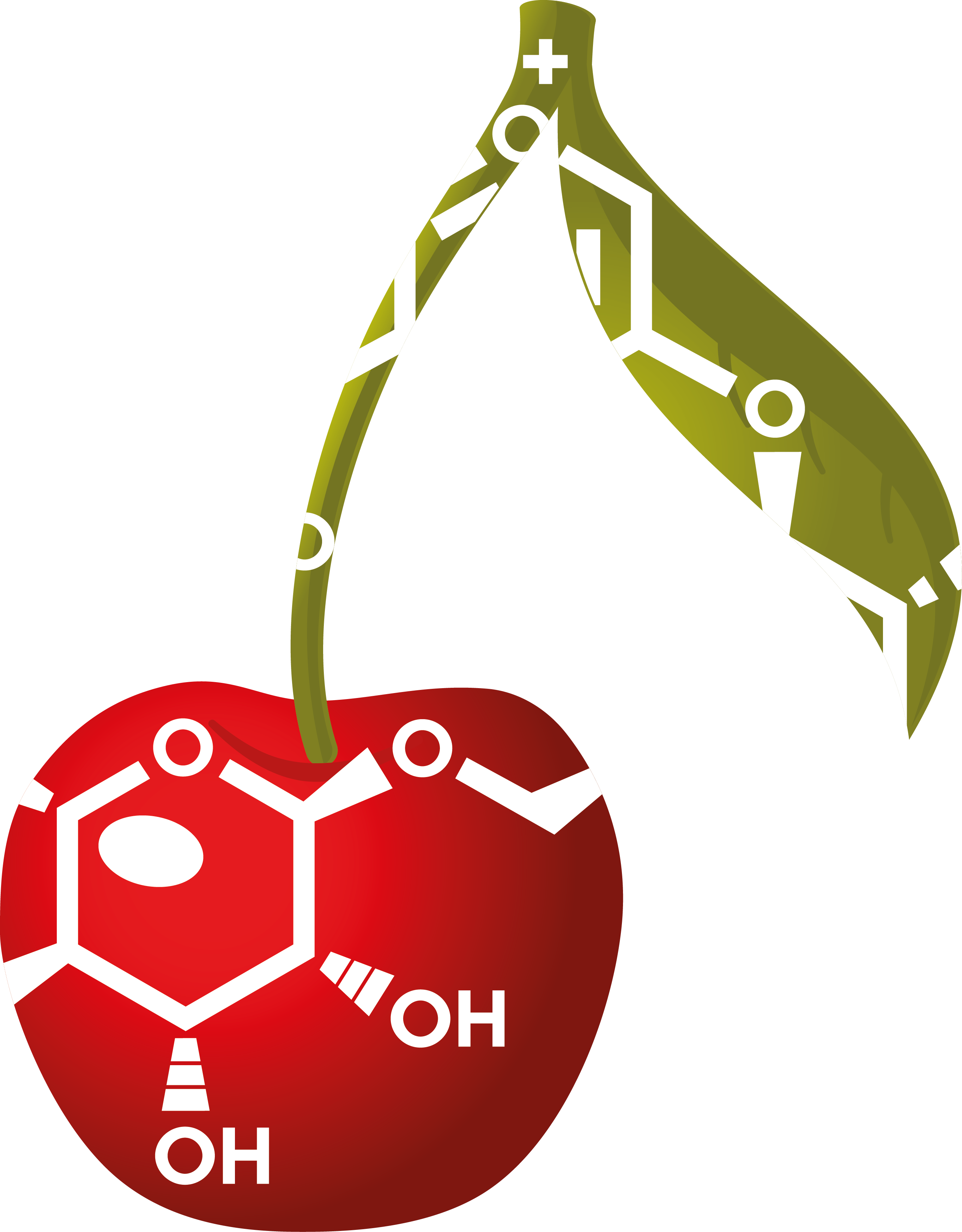Prikaz osnovnih podataka o dokumentu
Ex situ bioremediation of a soil contaminated by mazut (heavy residual fuel oil) - A field experiment
| dc.creator | Beškoski, Vladimir | |
| dc.creator | Gojgić-Cvijović, Gordana D. | |
| dc.creator | Milic, Jelena | |
| dc.creator | Ilić, Mila V. | |
| dc.creator | Miletić, Srđan B. | |
| dc.creator | Šolević-Knudsen, Tatjana | |
| dc.creator | Vrvić, Miroslav M. | |
| dc.date.accessioned | 2018-11-22T00:18:14Z | |
| dc.date.available | 2018-11-22T00:18:14Z | |
| dc.date.issued | 2011 | |
| dc.identifier.issn | 0045-6535 | |
| dc.identifier.uri | https://cherry.chem.bg.ac.rs/handle/123456789/1165 | |
| dc.description.abstract | Mazut (heavy residual fuel oil)-polluted soil was exposed to bioremediation in an ex situ field-scale (600 m(3)) study. Re-inoculation was performed periodically with biomasses of microbial consortia isolated from the mazut-contaminated soil. Biostimulation was conducted by adding nutritional elements (N, P and K). The biopile (depth 0.4 m) was comprised of mechanically mixed polluted soil with softwood sawdust and crude river sand. Aeration was improved by systematic mixing. The biopile was protected from direct external influences by a polyethylene cover. Part (10 m3) of the material prepared for bioremediation was set aside uninoculated, and maintained as an untreated control pile (CP). Biostimulation and re-inoculation with zymogenous microorganisms increased the number of hydrocarbon degraders after 50 d by more than 20 times in the treated soil. During the 5 months, the total petroleum hydrocarbon (TPH) content of the contaminated soil was reduced to 6% of the initial value, from 5.2 to 0.3 g kg(-1) dry matter, while TPH reduced to only 90% of the initial value in the CP. After 150 d there were 96%, 97% and 83% reductions for the aliphatic, aromatic, and nitrogen-sulphur-oxygen and asphaltene fractions, respectively. The isoprenoids, pristane and phytane, were more than 55% biodegraded, which indicated that they are not suitable biomarkers for following bioremediation. According to the available data, this is the first field-scale study of the bioremediation of mazut and mazut sediment-polluted soil, and the efficiency achieved was far above that described in the literature to date for heavy fuel oil. (C) 2011 Elsevier Ltd. All rights reserved. | en |
| dc.publisher | Pergamon-Elsevier Science Ltd, Oxford | |
| dc.relation | info:eu-repo/grantAgreement/MESTD/MPN2006-2010/142018/RS// | |
| dc.relation | info:eu-repo/grantAgreement/MESTD/MPN2006-2010/20131/RS// | |
| dc.rights | restrictedAccess | |
| dc.source | Chemosphere | |
| dc.subject | Mazut | en |
| dc.subject | Ex situ | en |
| dc.subject | Bioremediation | en |
| dc.subject | Zymogenous microbial consortia | en |
| dc.subject | Hydrocarbon fractions | en |
| dc.title | Ex situ bioremediation of a soil contaminated by mazut (heavy residual fuel oil) - A field experiment | en |
| dc.type | article | |
| dc.rights.license | ARR | |
| dcterms.abstract | Врвиц, Мирослав М.; Бешкоски, Владимир; Милиц, Јелена; Илиц, Мила; Солевиц, Татјана; Милетиц, Срдјан; Гојгиц-Цвијовиц, Гордана; | |
| dc.citation.volume | 83 | |
| dc.citation.issue | 1 | |
| dc.citation.spage | 34 | |
| dc.citation.epage | 40 | |
| dc.identifier.wos | 000288734900006 | |
| dc.identifier.doi | 10.1016/j.chemosphere.2011.01.020 | |
| dc.citation.other | 83(1): 34-40 | |
| dc.citation.rank | M21 | |
| dc.identifier.pmid | 21288552 | |
| dc.type.version | publishedVersion | en |
| dc.identifier.scopus | 2-s2.0-79951855888 |


